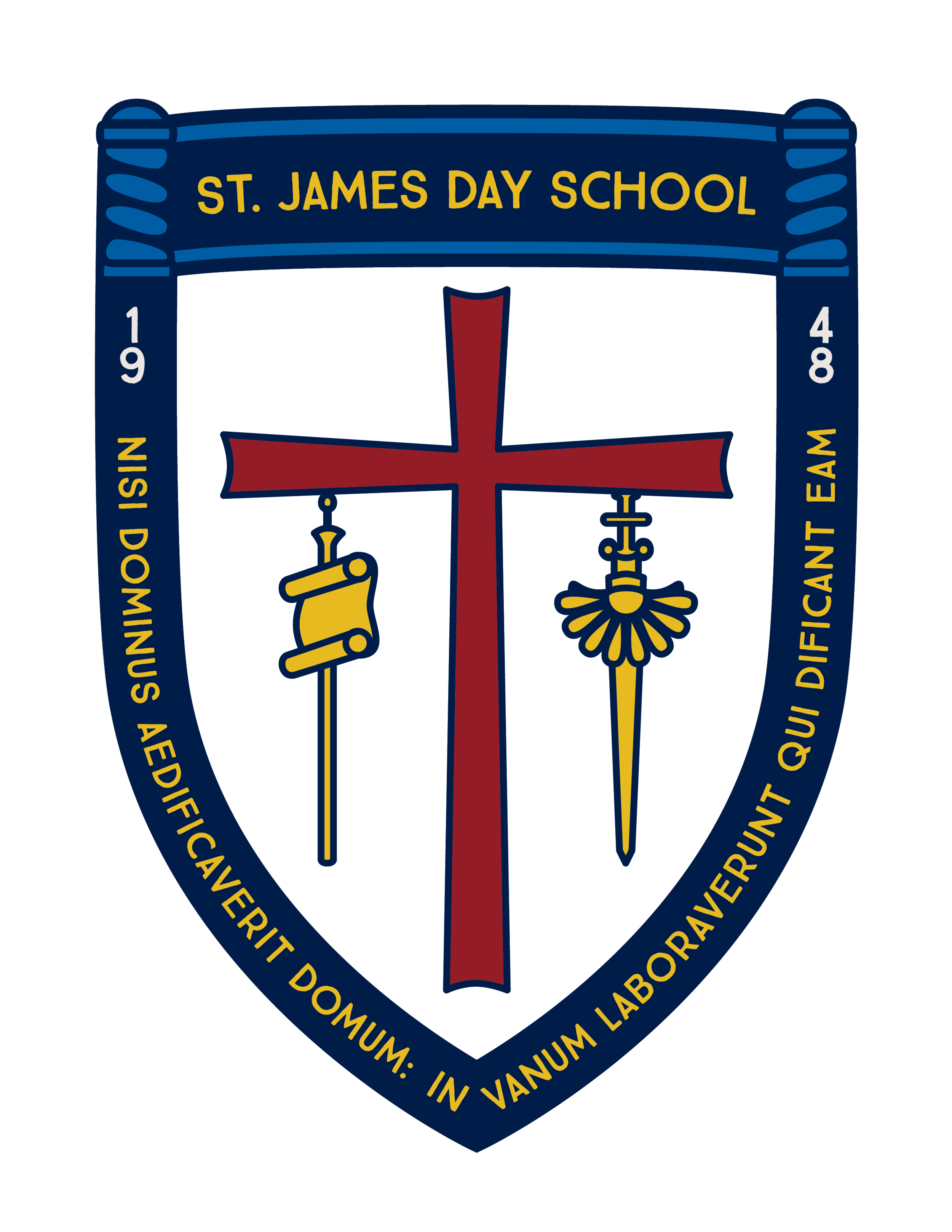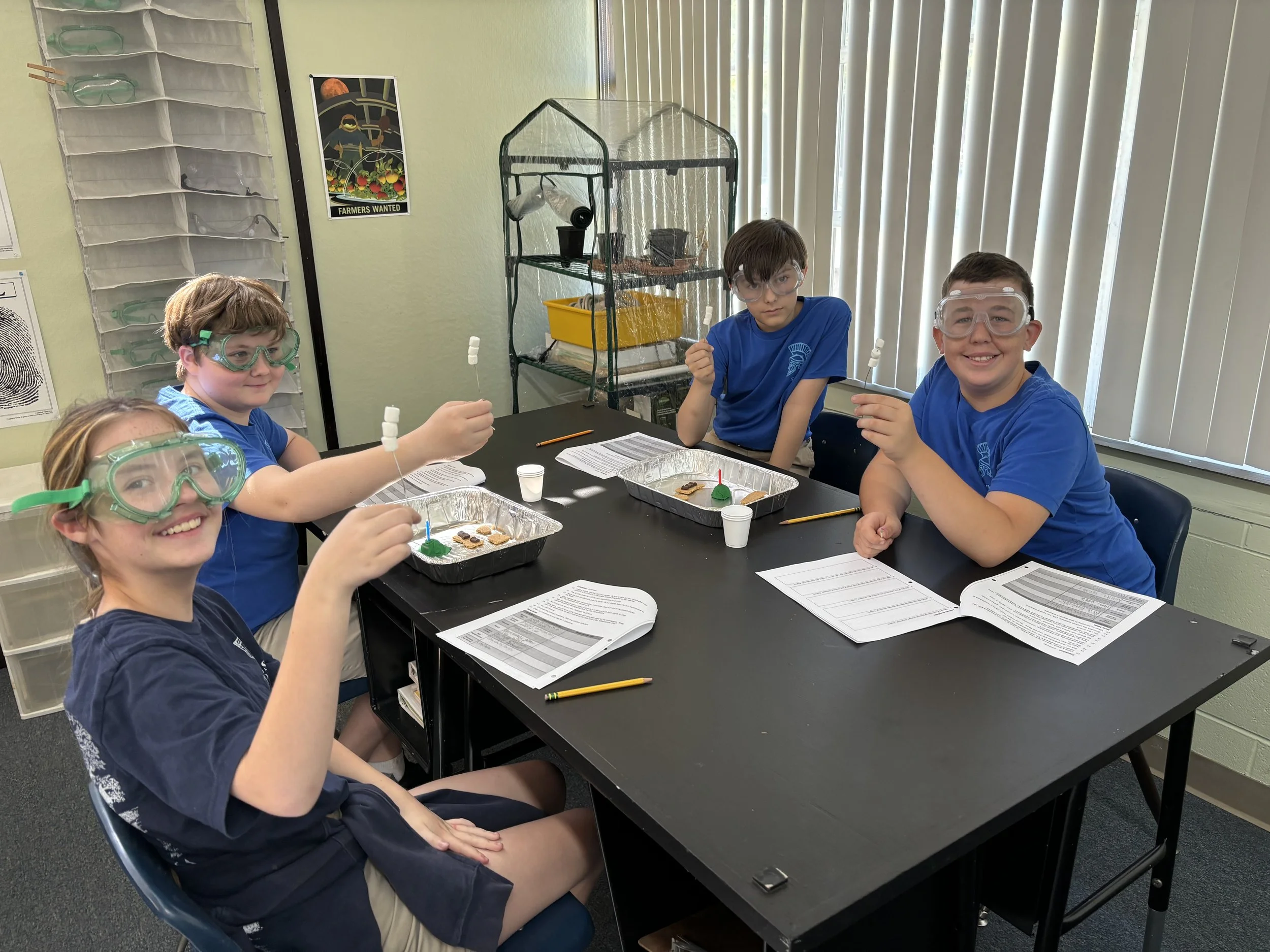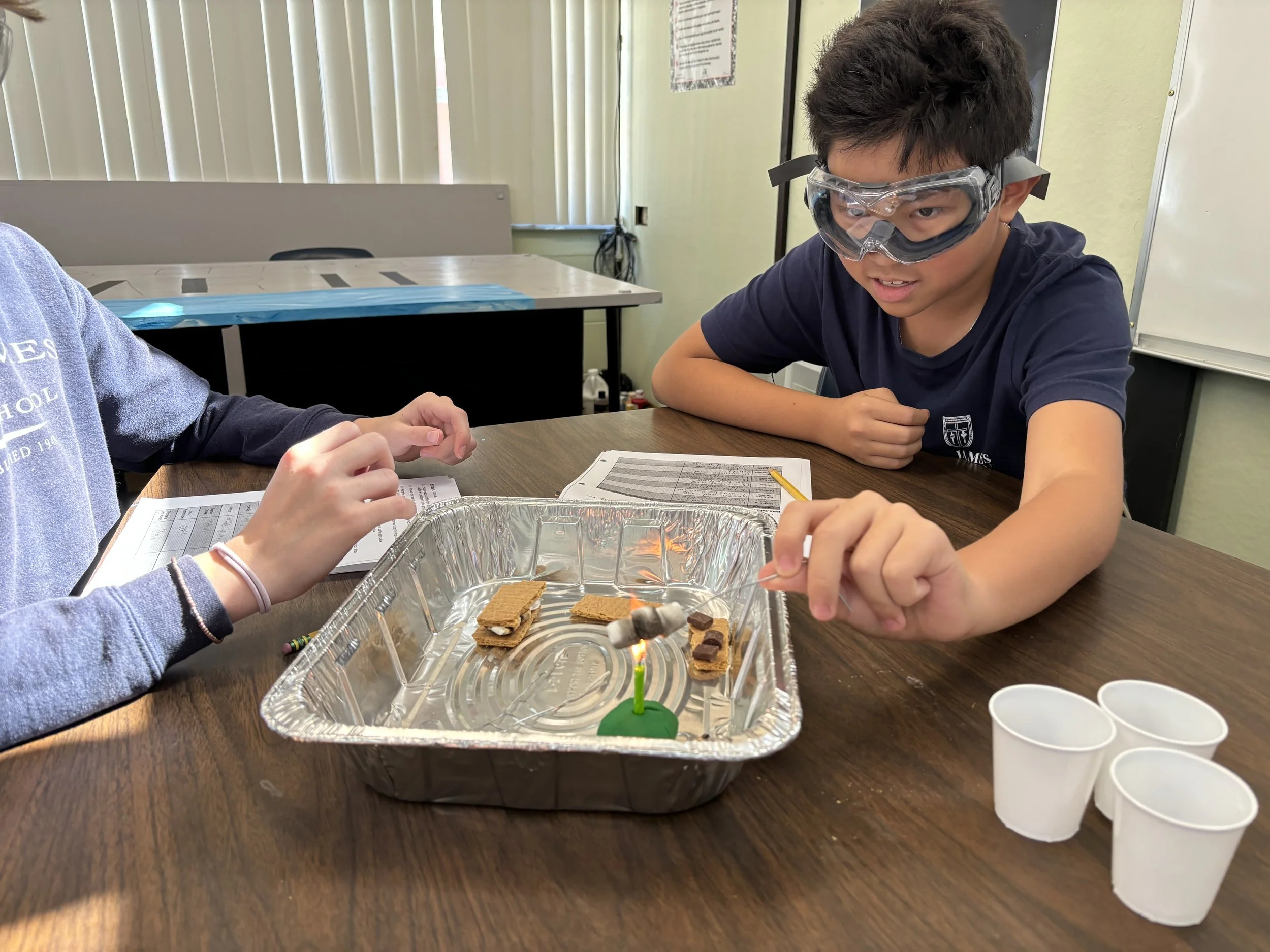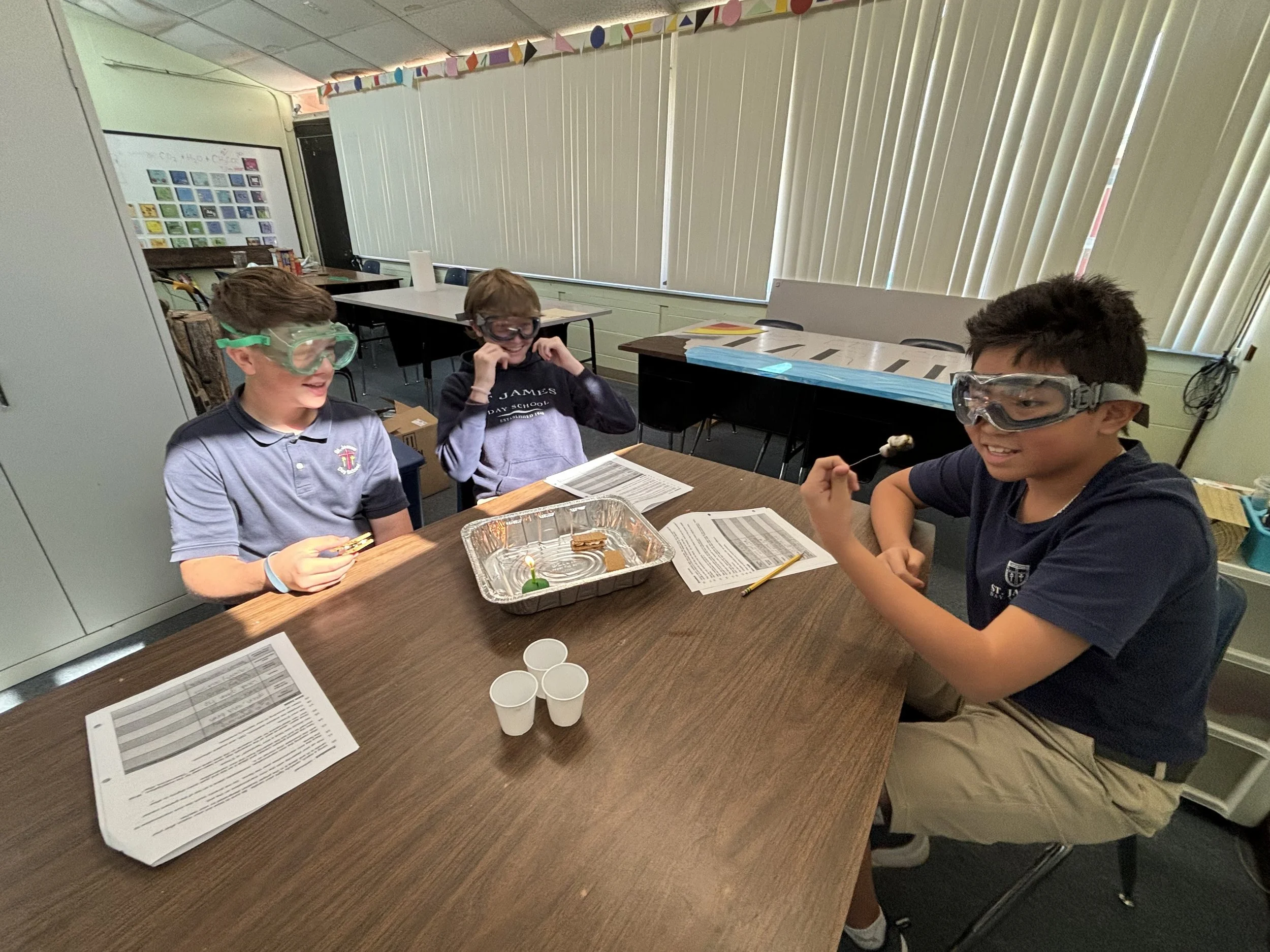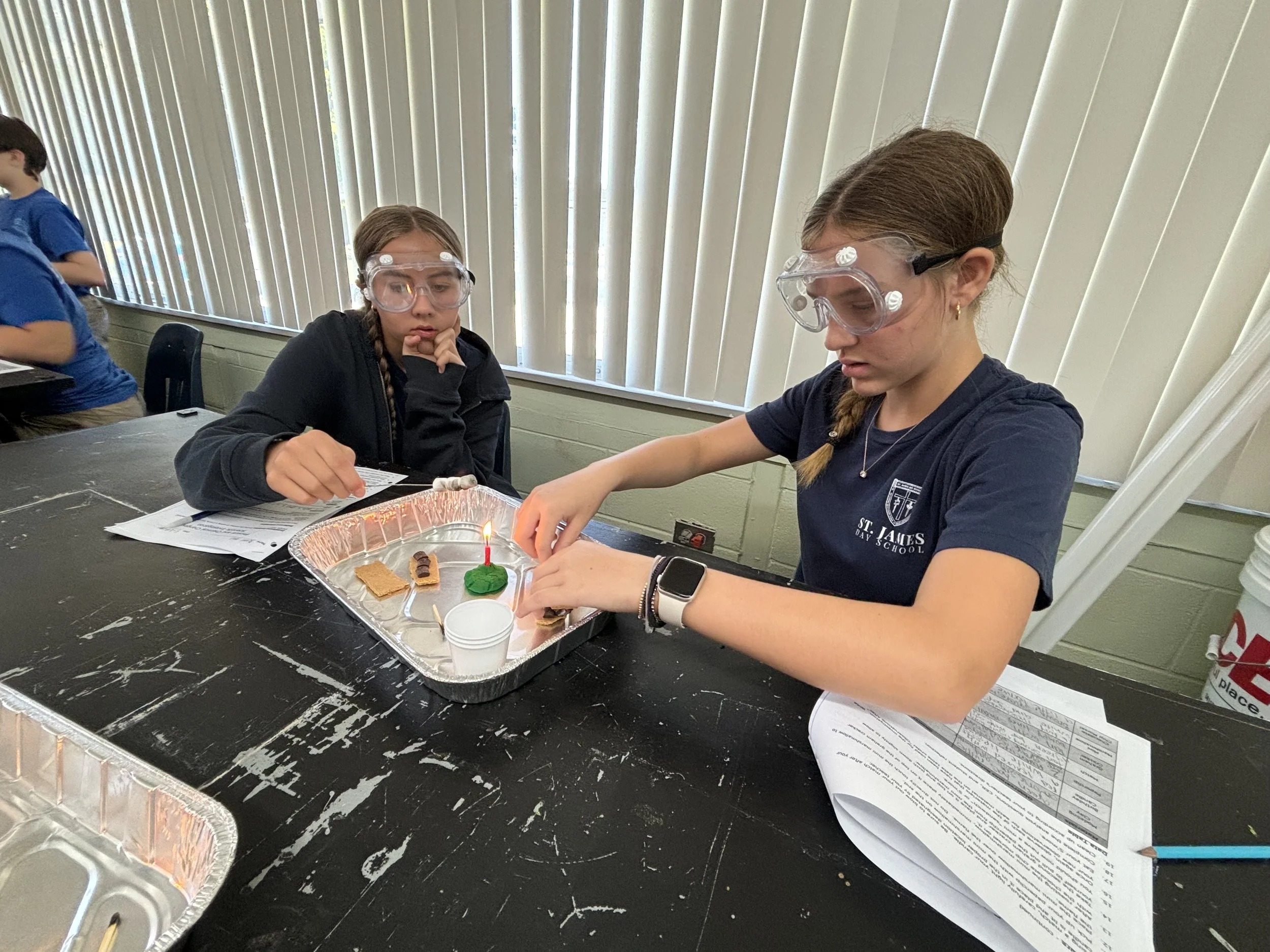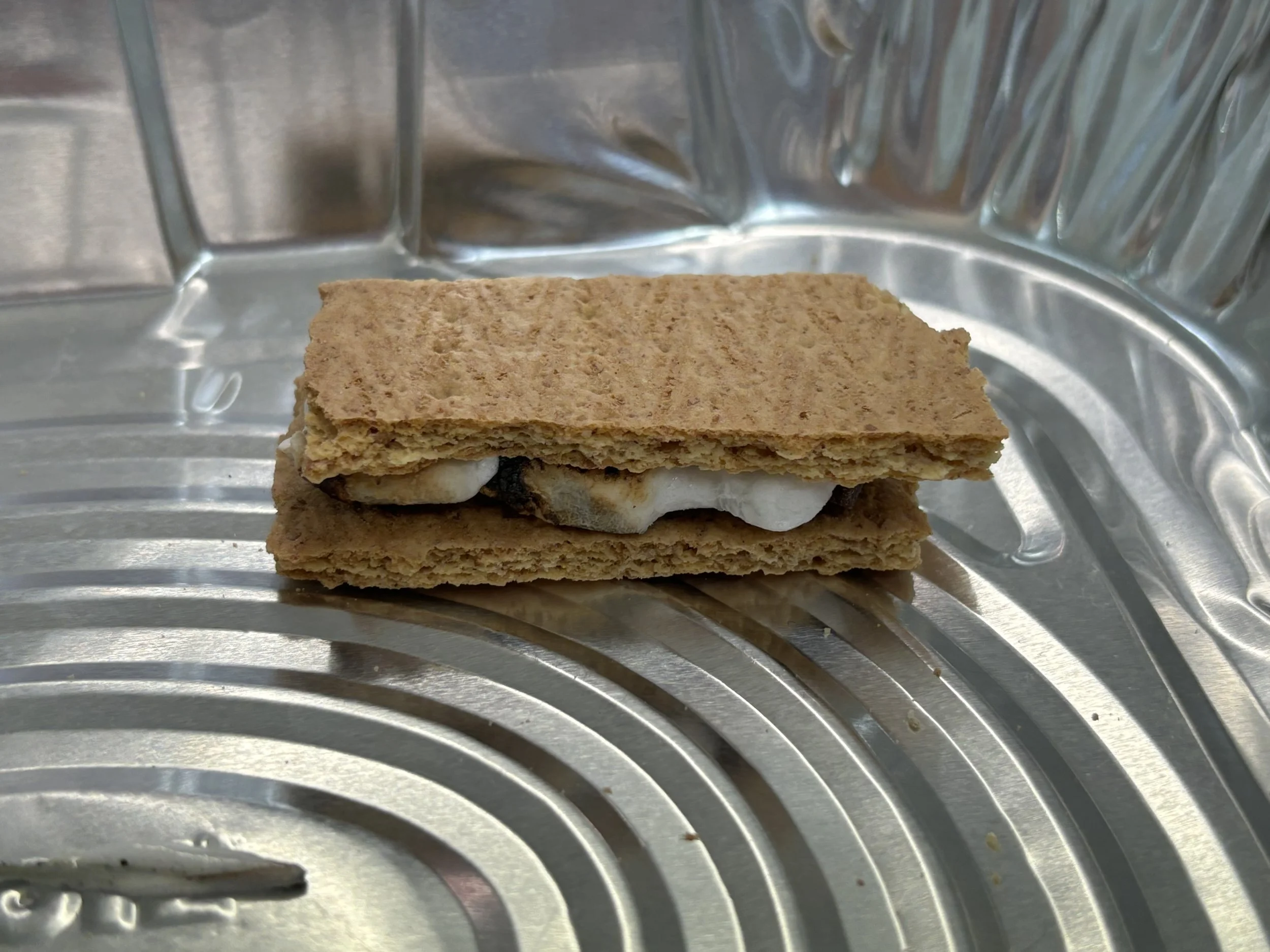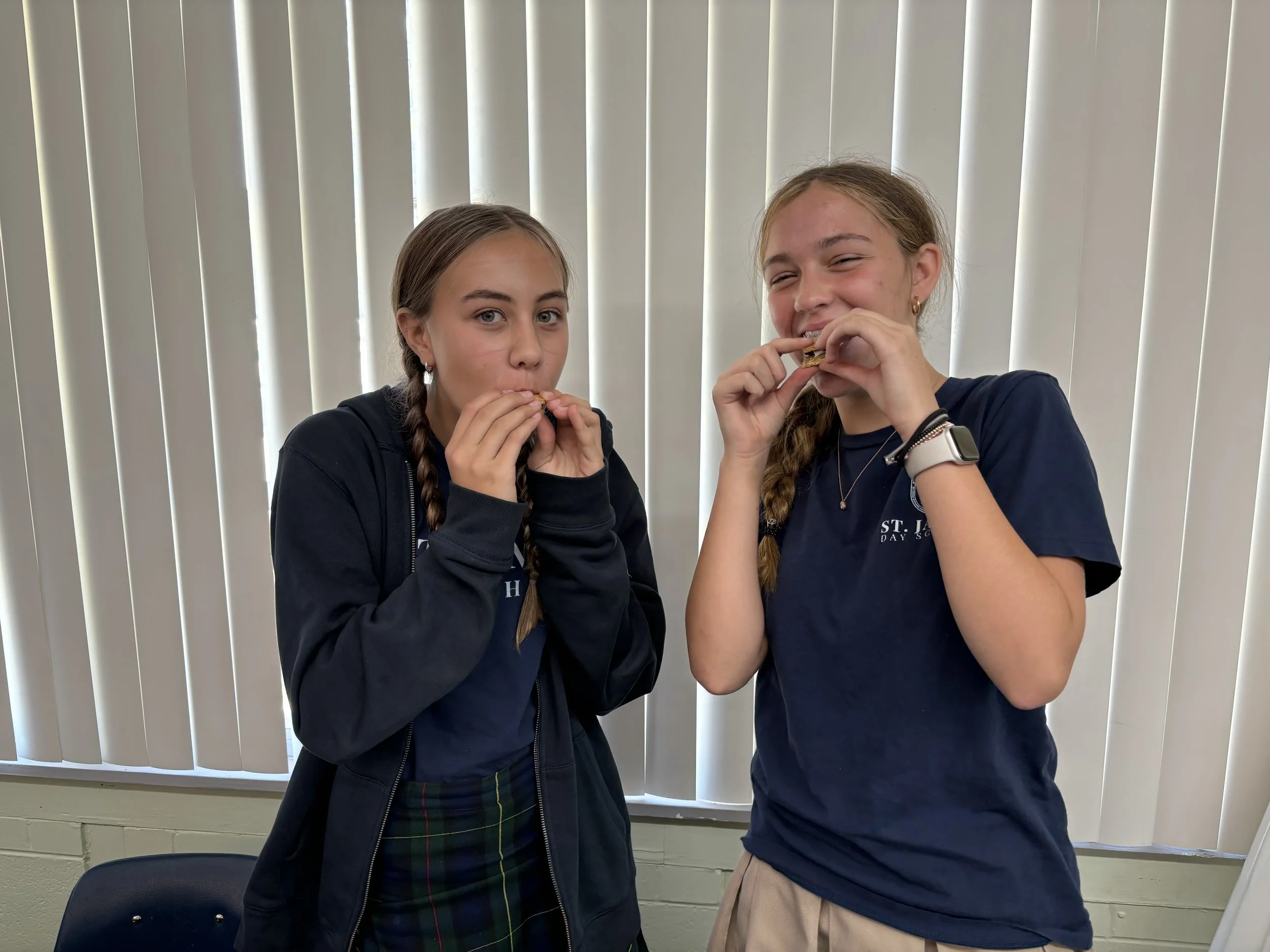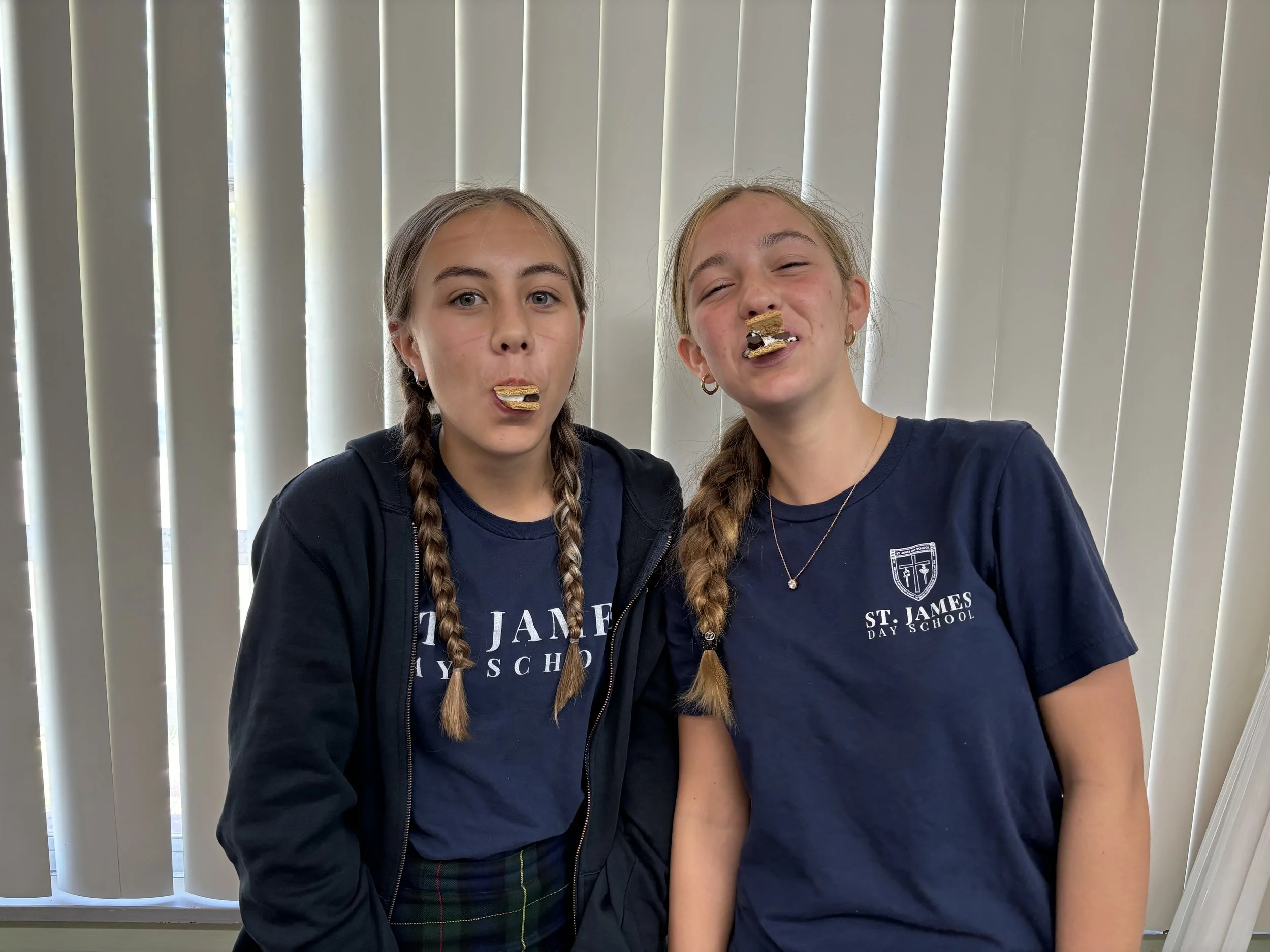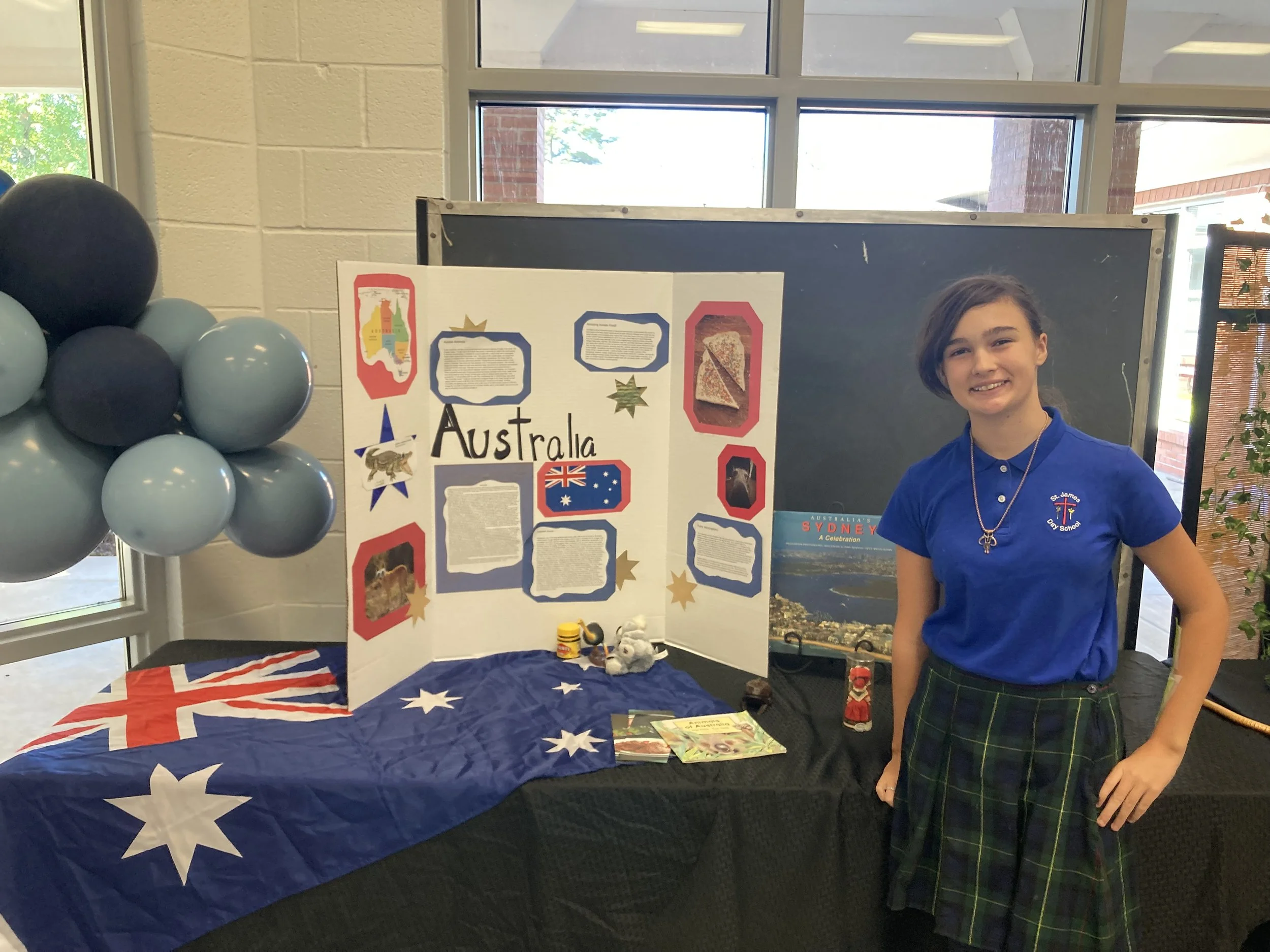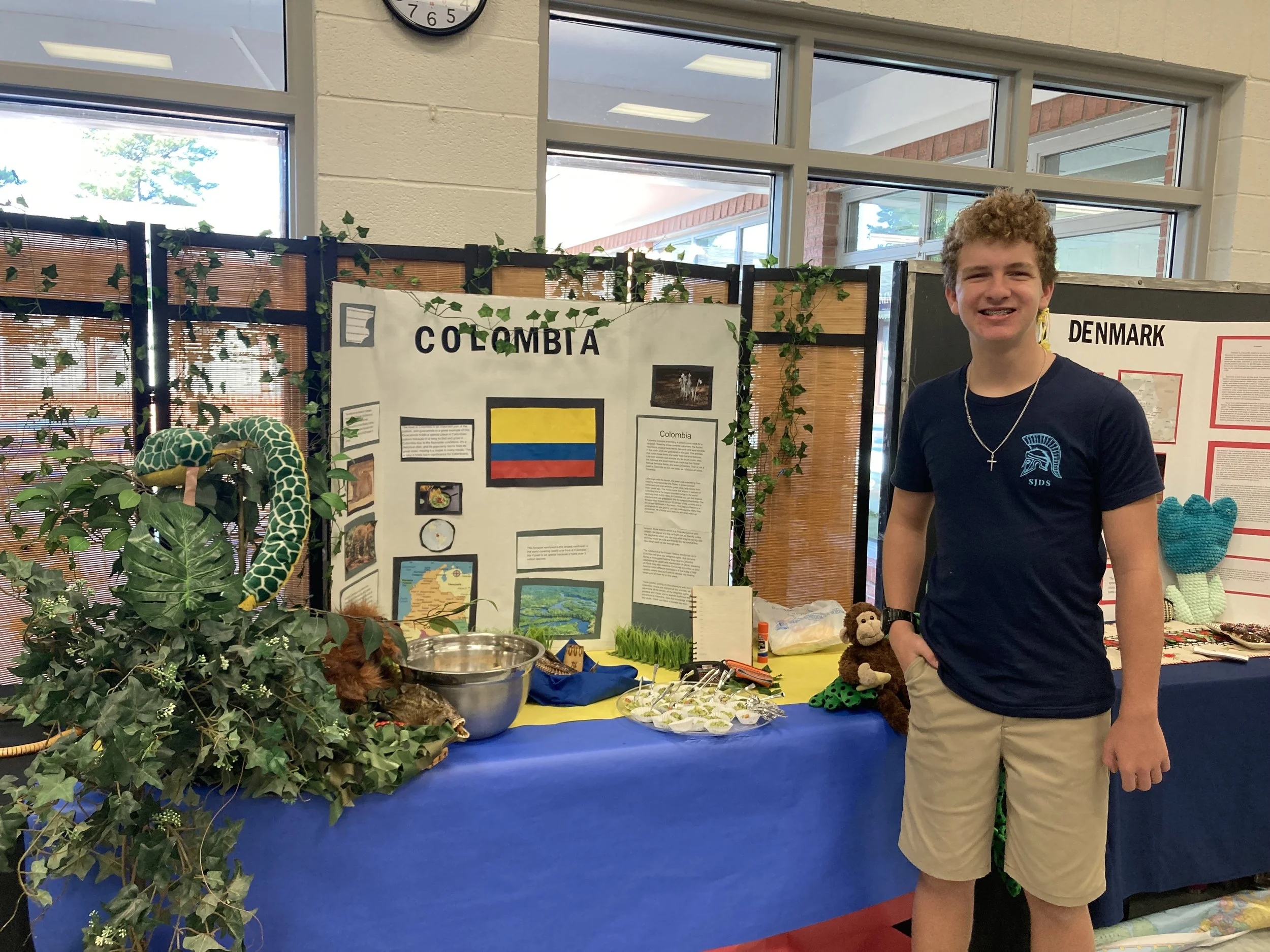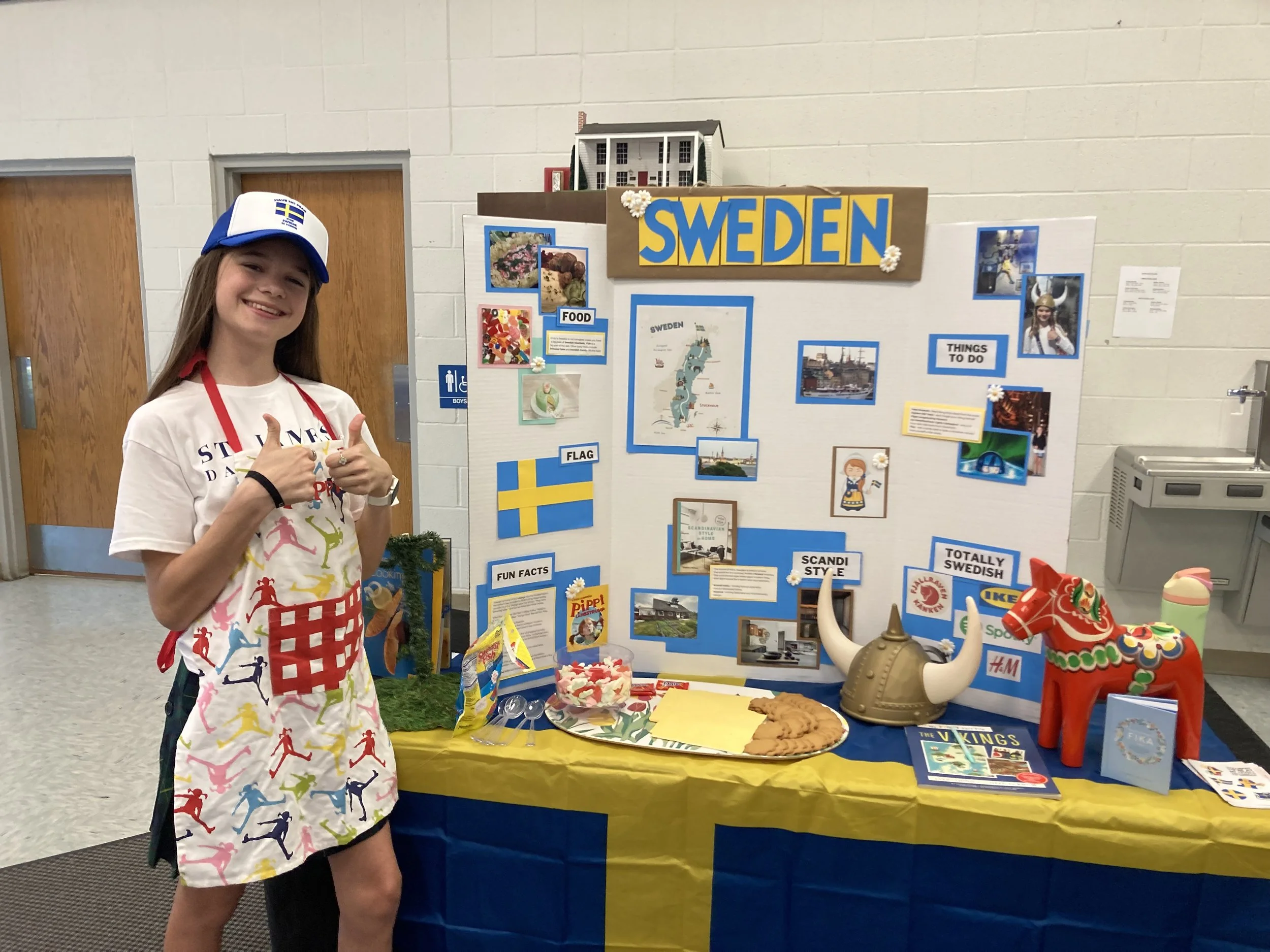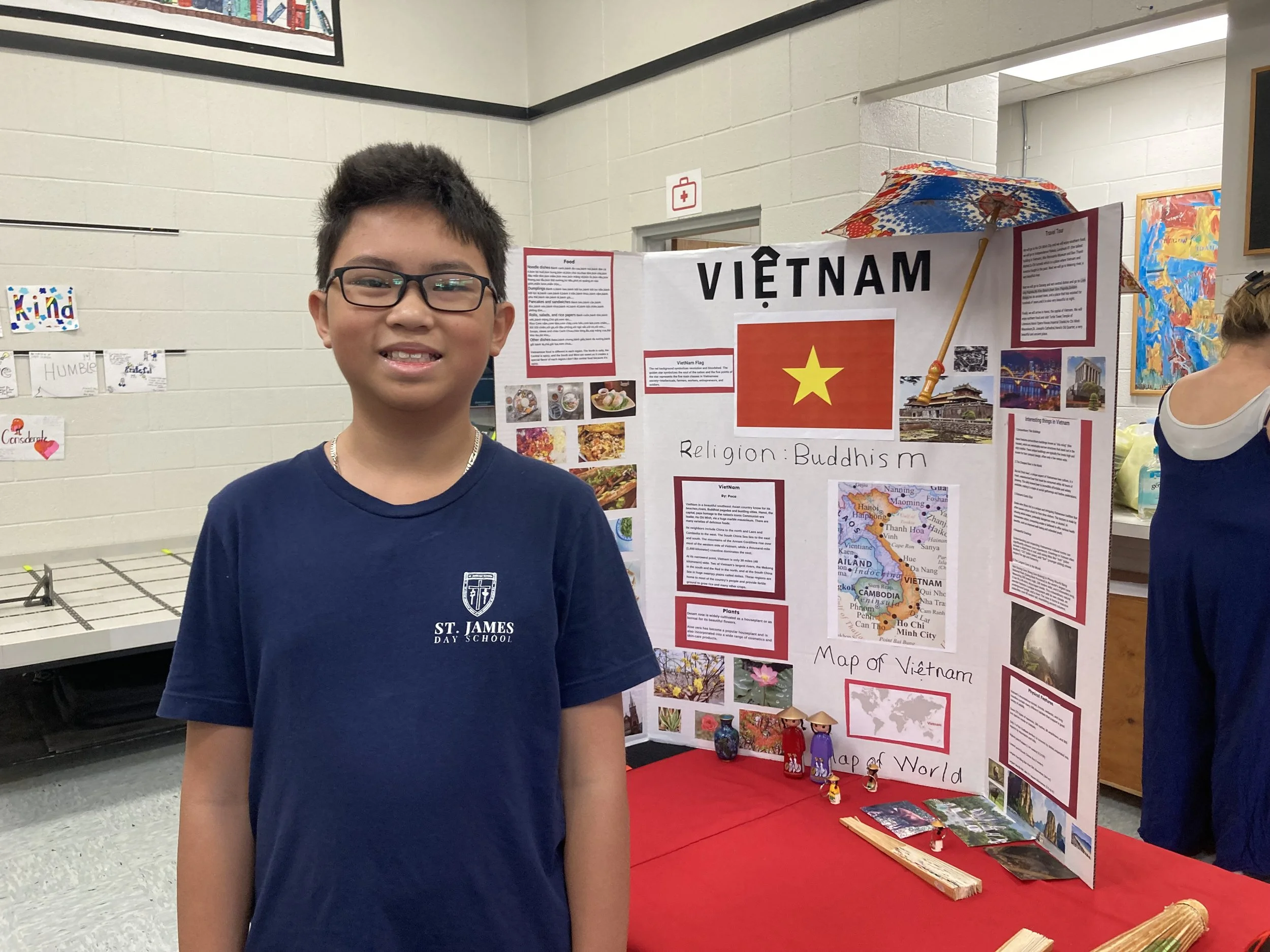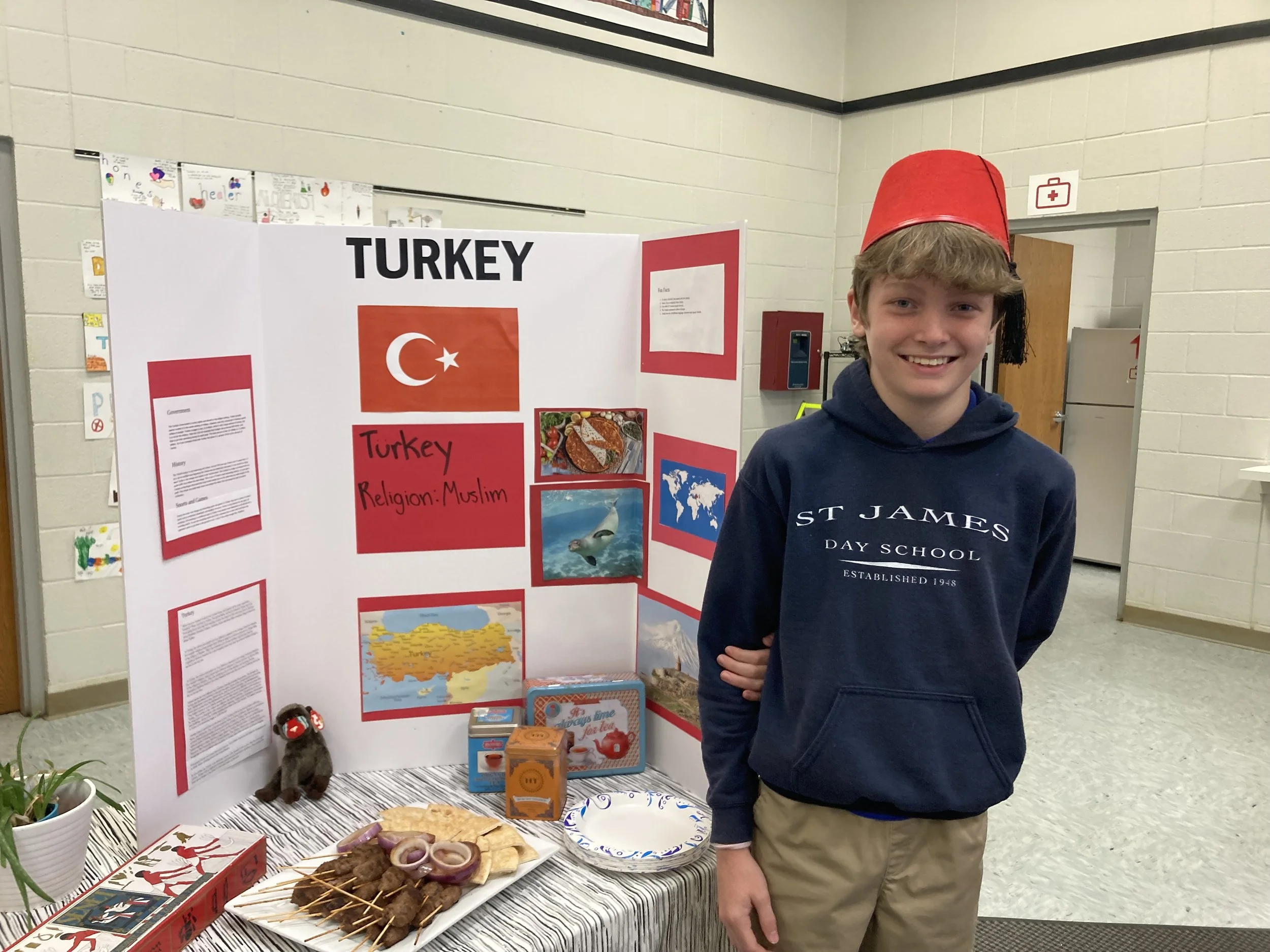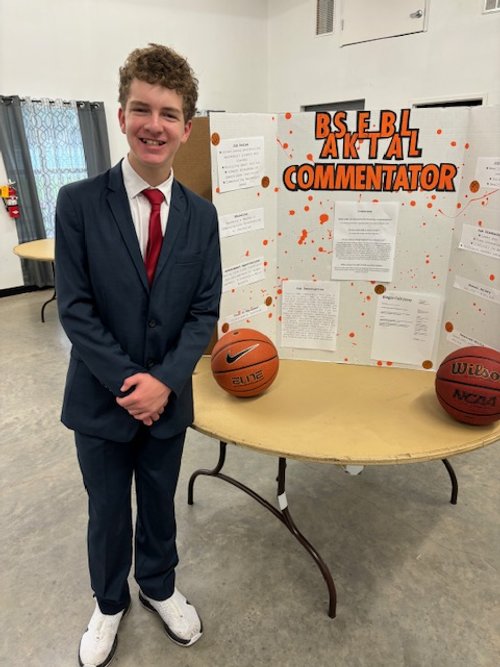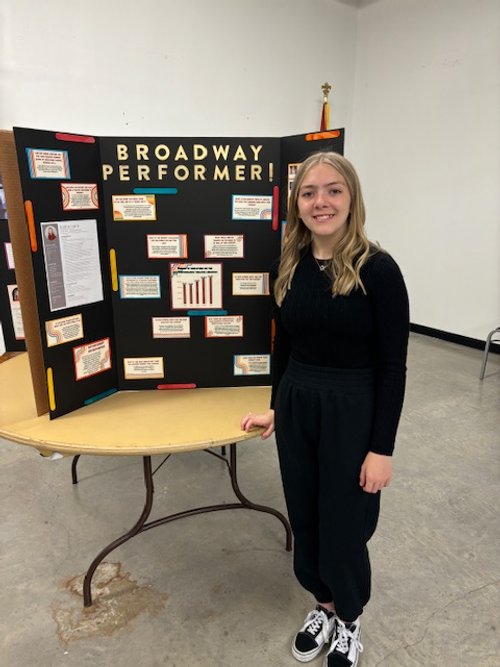By Susie Rogers, 5th-8th ELA
The One Word Project is simple yet profoundly impactful exercise. This innovative approach invites students to distill their aspirations for the year into a single, powerful word. This word then serves as a guiding star, shaping their actions, decisions, and mindset throughout the year.
The 7th Graders begin with deep self-reflection. Students dive into an introspective process, exploring what they hope to achieve, overcome, or improve in the coming year. This could be anything from enhancing their academic performance to fostering personal growth or even cultivating better relationships. The essence of their goals is distilled into one word—a beacon that will illuminate their path.
Choosing the right word is more than just a fun activity; it's a serious commitment. Each student carefully selects a term that resonates deeply with their personal objectives. Whether it’s “Courage,” “Gratitude,” “Focus,” or “Adventure,” the chosen word becomes a constant reminder of their aspirations and a driving force behind their daily choices and behaviors.
Once the word is selected, the next step is to bring it to life. Students research and gather quotations that encapsulate the spirit of their word, offering wisdom and inspiration from those who have walked similar paths. These quotations become daily affirmations, helping to reinforce their commitment and keep their focus sharp. Visual representation is another key component. Students create images that evoke the essence of their word, creating a visual collage that serves as a constant reminder.
The One Word Project is more than just a yearly exercise; it's a mindful practice that encourages students to live with intention. By continuously reflecting on their word, students align their daily efforts with their long-term goals, fostering a sense of purpose and direction. The project’s simplicity makes it accessible, while its impact is profound. It teaches students the power of focus, the importance of self-awareness, and the value of setting meaningful goals. It becomes a symbol of their commitment and a testament to their growth. The One Word Project is a testament to how a single word can drive transformation and inspire a purposeful, focused year.
